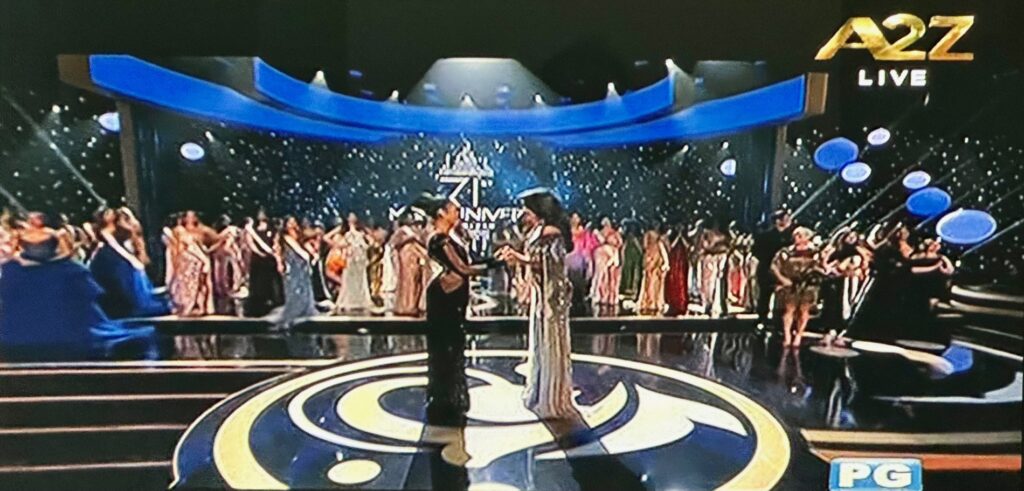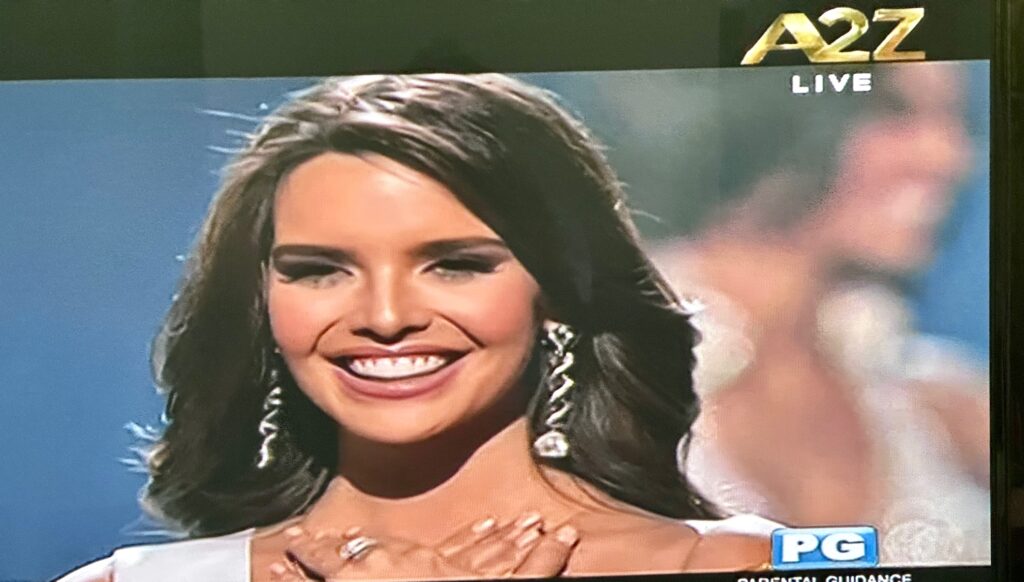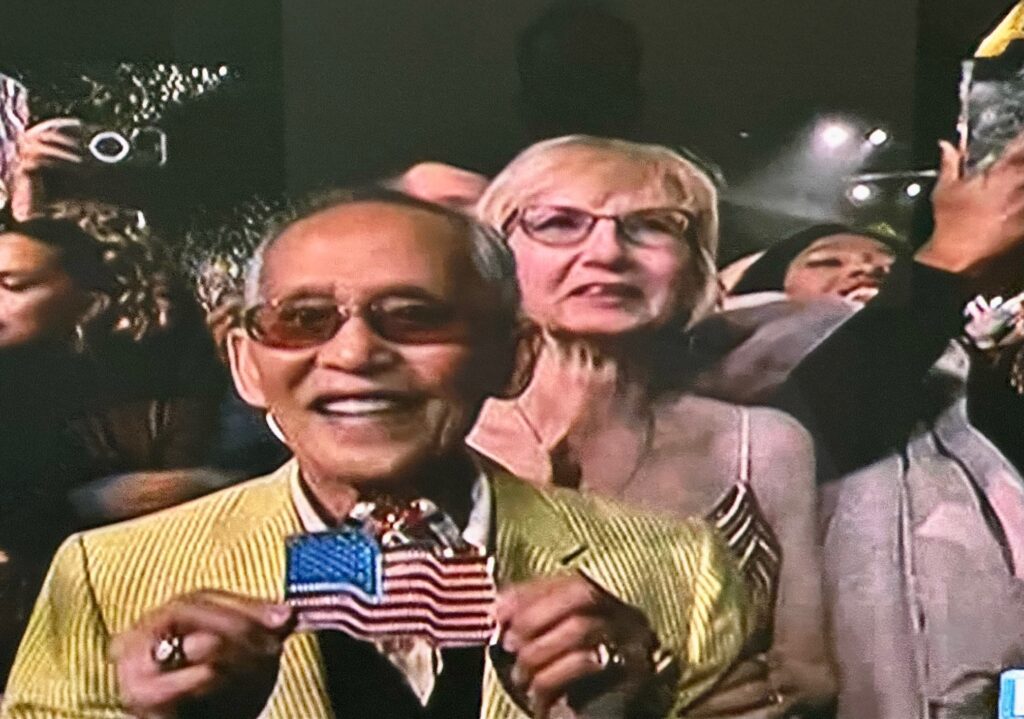R’Bonney Gabriel, a fashion designer and the daughter of a Filipino-American father and an American mother, won over 83 other women from all over the universe. Luck, however, eluded the Philippines’ Celeste Cortesi, whose failure to make it to the finals marked the end of the country’s 12-year placement streak at Miss Universe.
By Alex Y. Vergara
Half-Filipino, half-Italian beauty queen Celeste Cortesi from the Philippines may not have earned a place in the finals at Miss Universe, but the Filipino presence was still very much evident in New Orleans Saturday night (Sunday morning in the Philippines) as the half-Filipino, half-American delegate from the United States ran away with the coveted crown.
R’Bonney Gabriel, a 28-year-old fashion designer from Texas and the daughter of Filipino American Remegio Bonzon “R Bon” Gabriel and American Dana Walker, outshone 83 other women, including Venezuela’s Amanda Dudamel and Dominican Republic’s Adriana Martinez, 1st and 2nd runners-up respectively, to become the 71st Miss Universe and the ninth American to wear the crown.
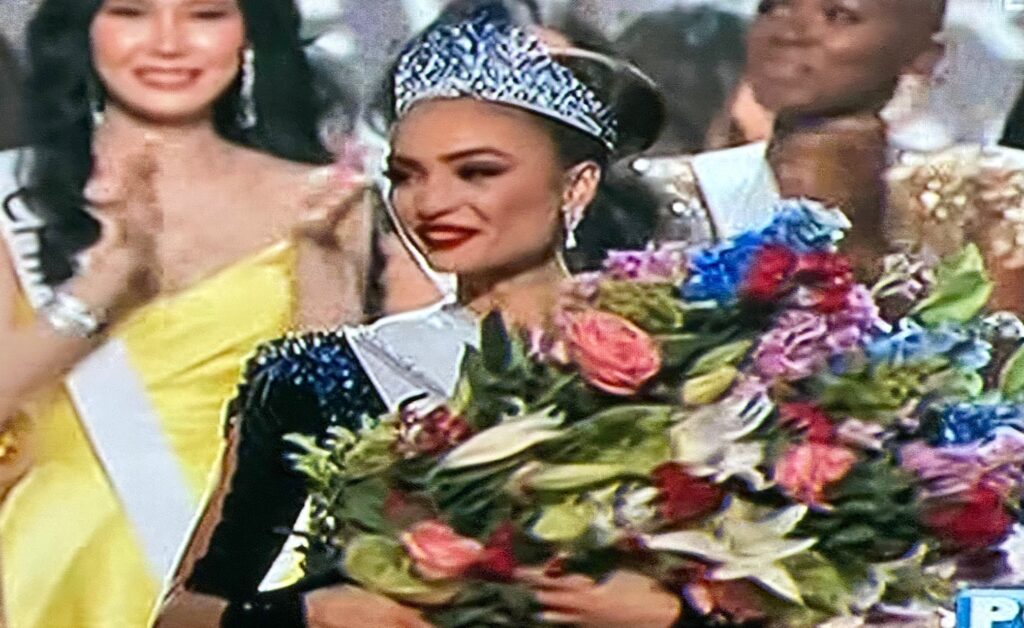
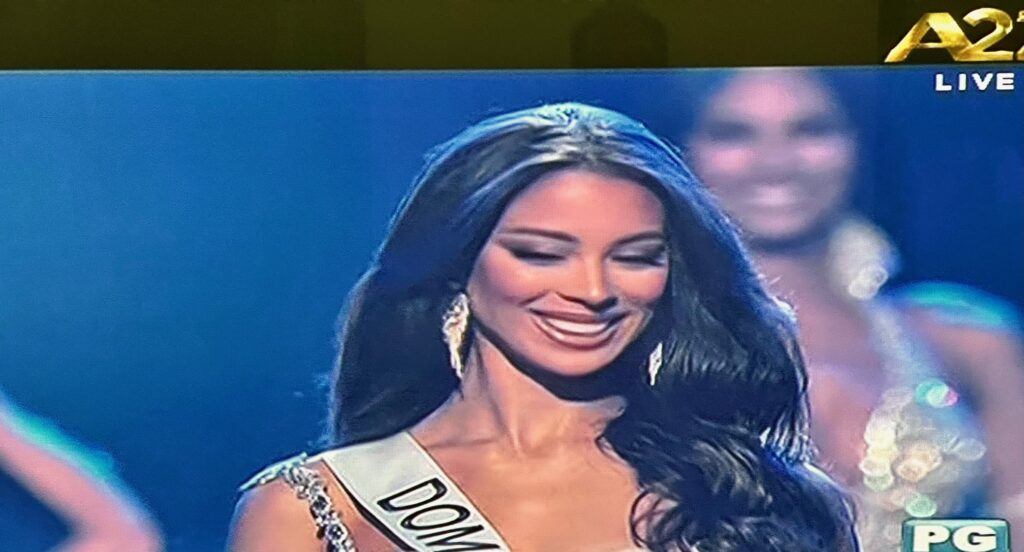
From 84 delegates, the number was trimmed down on finals night to the top 16, who later paraded in their swimsuits and evening gowns, before being drastically cut down to the top five, which was later reduced to the top three based heavily on how they earlier answered individual questions thrown at them by an all-female selection committee, including Filipino-American beautypreneur Olivia Quido.
In the make-or-break final question, Gabriel was asked by hosts Olivia Culpo and Jeannie Mai Jenkins the same question they asked Martinez and later Dudamel: “If you win Miss Universe, how would you demonstrate this as an empowering and progressive organization?”
To which a confident Gabriel, wearing a beaded and tasseled black gown with strategic cutouts on the bodice, answered: “I would use it to be a transformational leader. As a very passionate designer, I have been sewing for 13 years. I use fashion as a force for good. In my industry, I’m cutting down on pollution through recycling materials when I make my clothing. I teach sewing classes to women who have survived human trafficking and domestic violence, and I say that because it is so important to invest in others, invest in our community, and use your unique talent to make a difference. We all have something special, and when we plant those seeds to other people in our life, we transform them and use that as vehicle for change.”
For the past three years, Gabriel, who graduated form the University of North Texas with a degree in Fashion Design, has worked in the nonprofit design house Magpies & Peacocks, which collects discarded materials and upcycles them into new collections, according to the misstexasusa.com.
The same site also wrote that Gabriel also modeled for six years before discovering opportunities afforded by the Miss Universe Organization. A repeater in the pageant world just like Miss Universe 2015 Pia Wurtzbach of the Philippines, Gabriel placed first runner-up in the Miss Texas-USA pageant in 2021, before returning next year and winning the right to represent one of America’s biggest and most influential states in Miss USA.
Her father, Remigio, was originally from Manila who first immigrated to Washington State at the age of 25 to earn a doctorate in Psychology at the University of Southern California. Her mother is from Beaumont, Texas.
Luck, however, eluded Cortesi, as she initially came in strong at the official start of the competition two weeks ago as one of the frontrunners. After what many pageant analysts and fans saw was a tentative performance, hobbled by, they say, her poor gown choice, many expected the Philippine bet to make up for it and do well during the finals.
But the selection committee had other ideas, choosing mostly delegates who barely figured in many observers’ radars in the preliminaries such as those from Laos, Trinidad and Tobago, Canada, Haiti, Portugal, Australia, Spain and Peru. In the end, however, delegates who moved to the top five, with the exception of Curacao’s Gabriela Dos Santos, all came from so-called beauty pageant powerhouse countries—Puerto Rico, Venezuela, Dominican Republic and the US.
Celeste’s failure to break into the finals, apart from dashing the hopes of countless Filipino fans the world over, also spelled the end of the Philippines’ 12-year placement streak at Miss Universe, which began in 2010 with Venus Raj.
This year also marked a number of changes in the Miss Universe Organization, as ownership of the American-led pageant moved from New York-based talent agency IMG to Jakkaphong “Anne” Jakrajutatip, a flamboyant Thai billionaire and proud trans-woman.
Jakrajutatip officially made her Miss Universe debut by making a long-winded speech on transformation and women empowerment before handing a special award to her Thai compatriot, Anna Sueangam-iam. Like Cortesi, Sueangam-iam, an early favorite in the contest, failed to make it to the top 16.


